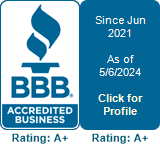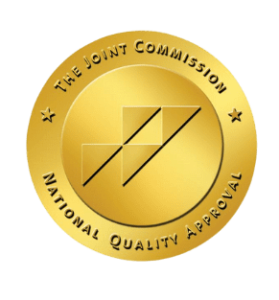In a conventional rehab setting, the intake process is what happens when someone first enters the treatment facility. It generally requires filling out paperwork and undergoing inspections to ensure the person is not bringing any alcohol, drugs, or paraphernalia into the facility. This often leads to a detox period. Detox timelines and intensity will vary depending on the individual’s substance use issues, but during this time, the goal is to make sure the individual’s body has time to safely acclimate to the cessation of using drugs or alcohol.
During at-home rehab, the intake process happens right where your life is already happening. This can make a vital difference to success because during the residential intake process, they can only hold you accountable for what you bring into rehab. Someone may go into rehab without any drugs or alcohol, but that doesn’t mean there won’t be any when they return home.
With at-home rehab, part of the intake process is making sure anything that leads to cravings or triggers are removed from the home. This not only makes the treatment experience easier—it also makes it easier to stay committed to sobriety.
In the detox stage, it all depends on the individual whether they’re in a residential facility or at home. Some individuals may be able to safely detox from home under the supervision of medical professionals, while others may need to enter a detox facility depending on the frequency of use and the substances they’ve been using.






